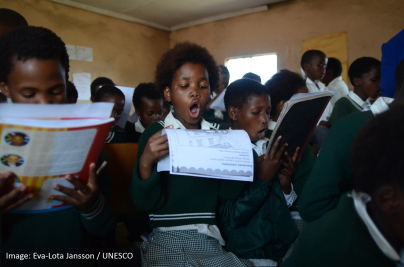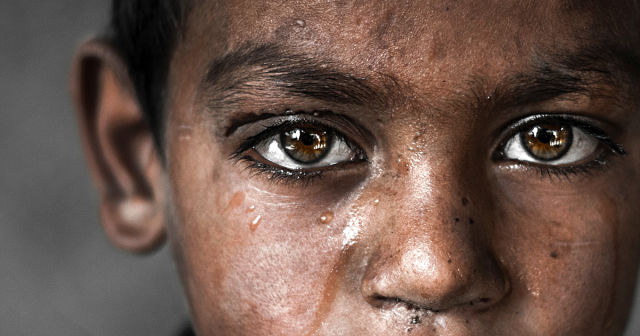First posted in the South China Morning Post
Internal migration in China for work and better opportunities is commonly described as the biggest in human history. Unsurprisingly, this has had a significant effect on education. Policies have shifted over time to reflect the changes on the ground, allowing  all migrant children access into schools, but mindsets take longer to shift. What we learn from China is that discrimination in education cannot be eradicated overnight.
all migrant children access into schools, but mindsets take longer to shift. What we learn from China is that discrimination in education cannot be eradicated overnight.
The scale of people moving around the country is unmatched elsewhere. In 2016, 77 million Chinese people had moved to find work in another province, whilst 93 million had moved within their province. As for the number of children, in 2012, there were an estimated 20 million migrants aged between 6 and 14. One in three children in rural areas are estimated to have been left behind as their parents moved.
there were an estimated 20 million migrants aged between 6 and 14. One in three children in rural areas are estimated to have been left behind as their parents moved.
But lessons can be learnt from the policies that China put in place – and then removed – to limit the movement of people in the country and how this impacted on education. Indeed, the lessons may resonate well in Hong Kong where the influx of Chinese students is putting pressure on the school system.
China’s registration system, the hukou, was put in the place in the 1950s, classifying residents as rural or urban and linking access to services, including education, by their registered place of birth. In the early 2000s, more than half of migrant children in Beijing were attending unauthorized migrant schools that were considered of lower quality and lacking in qualified teachers and infrastructure. They were the lucky ones. Migrant children at that time were far less likely to go to school at all than their peers. Continue reading

 The
The 
 Young learners have moved up the data agenda for Sustainable Development Goal 4! The UNESCO Institute for Statistics (UIS) and its partners have been pushing to upgrade SDG 4 Indicator 4.1.1a on measuring learning outcomes in Grades 2 and 3, and yesterday we heard that our efforts have been successful.
Young learners have moved up the data agenda for Sustainable Development Goal 4! The UNESCO Institute for Statistics (UIS) and its partners have been pushing to upgrade SDG 4 Indicator 4.1.1a on measuring learning outcomes in Grades 2 and 3, and yesterday we heard that our efforts have been successful. Education is like a seed. And for this empowering right to flourish and grow, it must have the best conditions. Education must not only be accessible to all, it must be of the highest quality. And it is not a privilege to be bestowed by a government, it is a legal right for everyone – children, youth and adults.
Education is like a seed. And for this empowering right to flourish and grow, it must have the best conditions. Education must not only be accessible to all, it must be of the highest quality. And it is not a privilege to be bestowed by a government, it is a legal right for everyone – children, youth and adults. At the end of September, the government of the United Republic of Tanzania announced to international agencies that they should “stop with immediate effect airing and publishing any family planning contents in any media channels” running any family planning content in the media. A letter was then also issued to FHI 360 to immediately stop the adverts it was running with USAID’s funding.
At the end of September, the government of the United Republic of Tanzania announced to international agencies that they should “stop with immediate effect airing and publishing any family planning contents in any media channels” running any family planning content in the media. A letter was then also issued to FHI 360 to immediately stop the adverts it was running with USAID’s funding.

